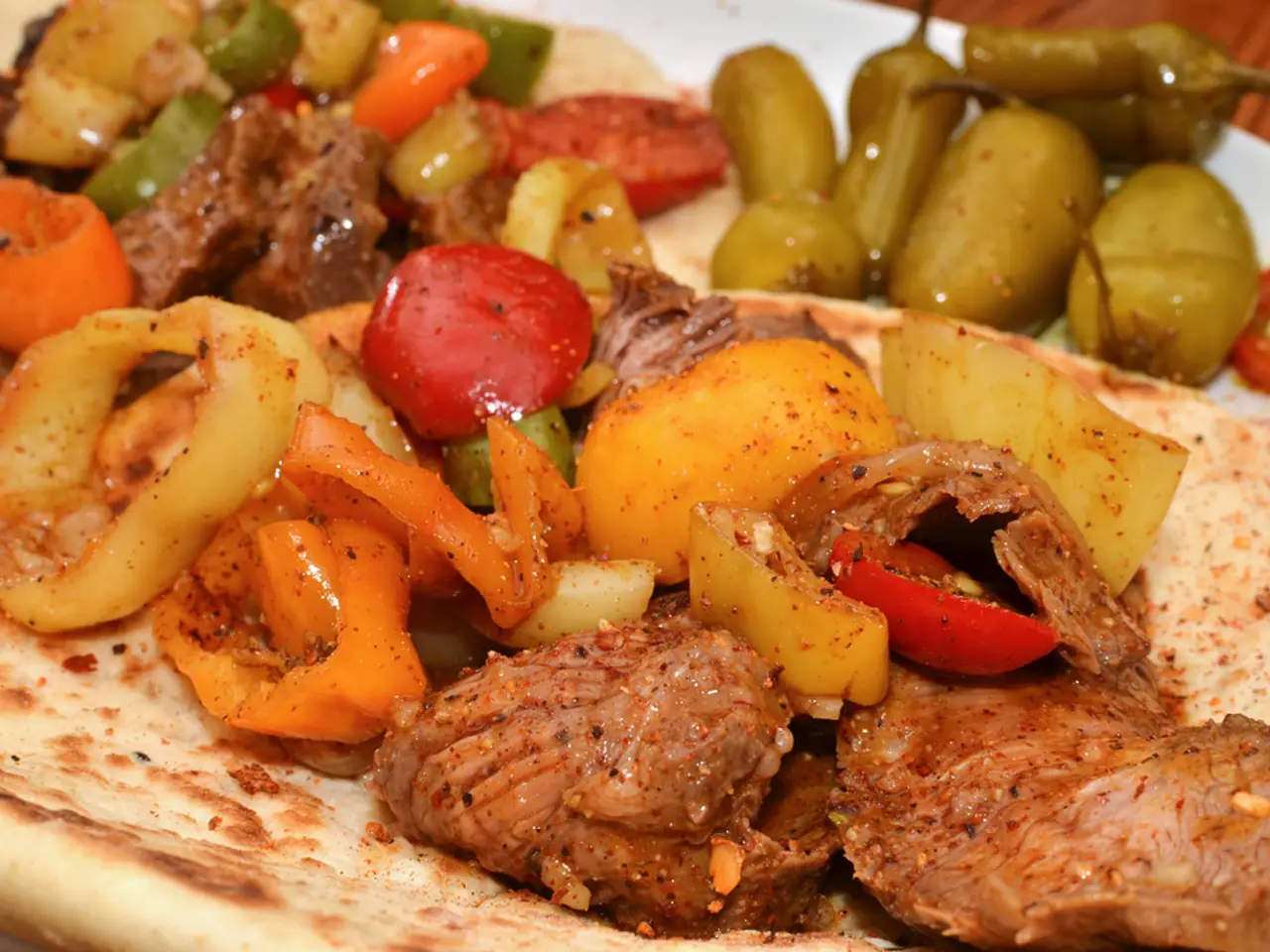The Process of Crafting Parma Ham
Unveiling the Secrets of Parma Ham: A Gastronomic Masterpiece
Parma Ham, or Prosciutto di Parma, is a culinary treasure that has captivated taste buds worldwide. Crafted through a traditional process in the picturesque region of Parma, Italy, this air-dried ham offers a divine gastronomic experience like no other.
The production of Parma Ham is a meticulous journey, steeped in artisanal methods and rigorous quality control. Each step, from the selection of raw materials to the final branding, is overseen by the Consorzio del Prosciutto di Parma to ensure unparalleled quality and authenticity.
The Artisanal Process:
- Selection of Raw Material: Only the finest fresh pork hind legs from specific breeds raised in designated areas are chosen. These legs must meet stringent fat and muscle criteria.
- Salting: The selected legs are rubbed evenly with sea salt by hand, a crucial step called sugnatura, to draw out moisture and begin curing. The salt is applied meticulously to every surface to ensure proper preservation.
- Resting: After salting, the legs rest for about 2 to 3 weeks in refrigerated rooms at controlled temperatures, allowing the salt to penetrate and the meat to cure gradually.
- Washing and Drying: Once the salting phase ends, the hams are gently washed to remove excess salt and then hung in well-ventilated drying rooms for several weeks, where temperature and humidity are closely managed to prevent spoilage.
- Aging: The hams are moved to maturation cellars where they hang for a minimum of 12 months (often 18-24 months). During this period, natural airflow, temperature, and humidity promote enzymatic and biochemical changes that develop flavour and texture.
- Tapping and Inspection: Experts from the Consorzio tap the hams with special tools to listen for any inconsistencies inside the meat, checking for ideal curing and aroma development.
- Branding: Only hams that meet rigorous quality standards are branded with the "Crown of Parma," a distinctive stamp certifying authenticity.
Quality Control by Consorzio del Prosciutto di Parma:
The Consorzio supervises every production step, enforcing strict regulations under EU Protected Designation of Origin (PDO) rules. Regular checks include verifying origin, meat quality, salt content, hygiene, and correct aging. Sensory evaluations (smell, touch, tapping) are applied to confirm texture, aroma, and lack of defects. Only hams passing all tests receive the official Prosciutto di Parma branding. This framework guarantees traditional methods are respected, safeguarding the ham’s distinct taste, texture, and safety.
The legs of Parma Ham are stamped with a metal seal at the entry to the curing house, containing the Consortium code and the month and year when curing started. The breeder tattoos a permanent identification on the hind legs of piglets, consisting of the month of birth and farm identification code.
A slice of Parma ham has a distinctive salty-sweet taste and is best enjoyed stand-alone. Subscribing to the tour company's email will provide the latest posts on this delectable Italian delicacy and the region of Parma, offering various things to do, including cultural landmarks, markets, and tasting experiences beyond ham.
- The art of sustainable living and healthy cooking involves the careful selection of high-quality ingredients, such as the raw materials used in the production of Parma Ham, striving for a food-and-drink lifestyle that supports home-and-garden practices.
- Global cuisines are enriched by the knowledge and craftsmanship of traditional techniques, as demonstrated by the intricate artisanal process of Parma Ham production, which contributes to its status as a culinary masterpiece within the lifestyle of food enthusiasts everywhere.
- By adopting a lifestyle that values quality and traditional production methods, as seen in the commitment of the Consorzio del Prosciutto di Parma towards sustainable living and healthy-cooking practices, one can enjoy a rewarding experience that transcends mere eating – it becomes a way of connecting with culture, customs, and the earth.




